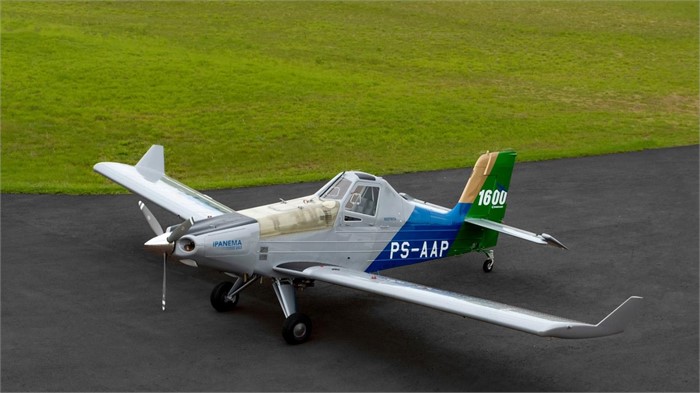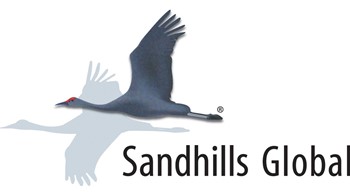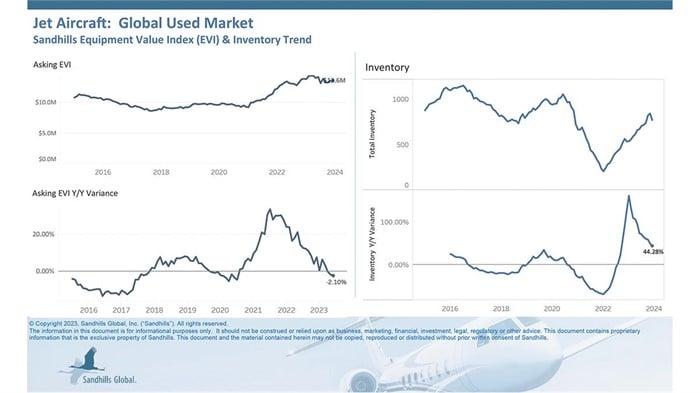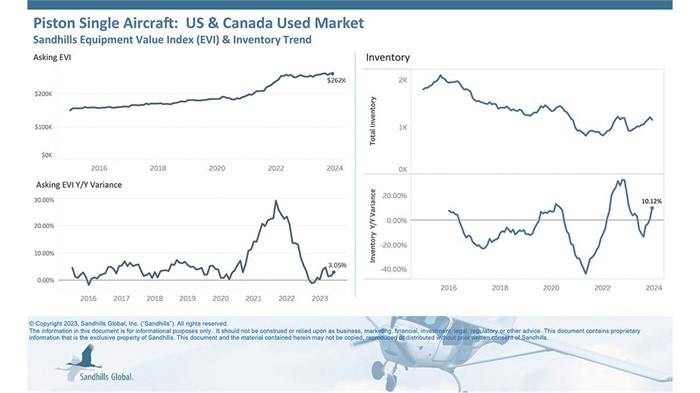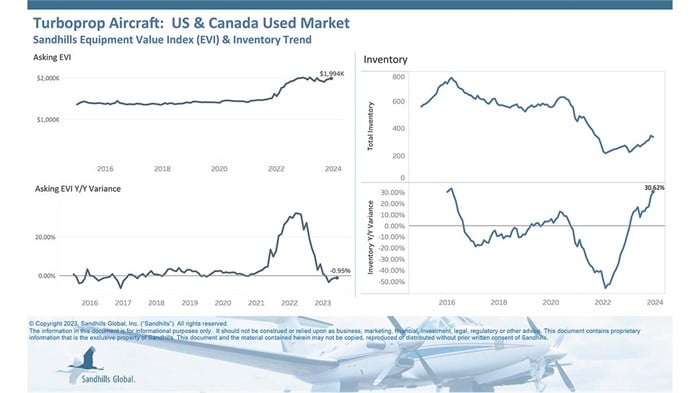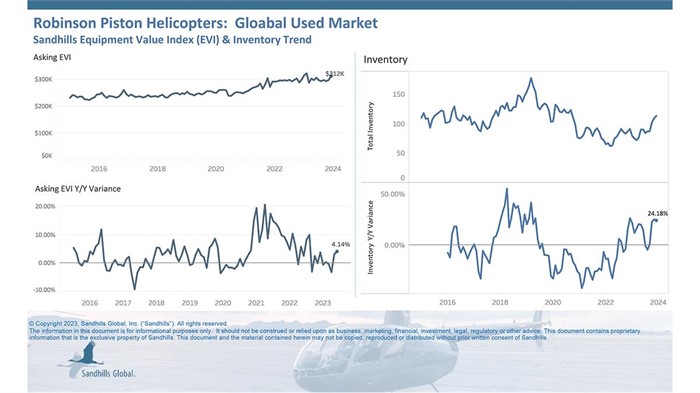Cirrus Aircraft Introduces G7 Updates To SR Series Piston-Single Lineup

The SR Series G7 introduces new Push Button Start functionality and refinements such as high-performance Beringer brakes and low-drag advanced wheel fairings. (Photo courtesy of Cirrus Aircraft.)
Cirrus Aircraft has unveiled the latest generation of its SR Series family of piston single aircraft with the heavily upgraded SR Series G7. Pilots and passengers are in store for improved avionics, a redesigned and roomier cabin, enhanced amenities, advanced safety systems, better performance, and more. The SR Series lineup includes the SR20, SR22, and SR22T (turbocharged) models.
Improved Cabin Comfort
Cirrus says it redesigned every corner of its SR Series G7 airplanes’ cabins. The result is more legroom for all occupants, redesigned interior panels with dimmable task lights and ambient accent lighting, illuminated cupholders, powered headset jacks, lighted USB-C ports within each passenger’s reach, and other improvements.
The aircraft also boasts features such as a new automotive-style environmental control system and 60/40 Flex Seating that provides excellent loading flexibility. Customers can order the plane in a limited Launch Edition design scheme that commemorates the SR Series G7’s launch or in one of five other premium interior and exterior design options.
Inside The Cockpit
Pilots will have what Cirrus says is the industry’s most advanced flight deck at their fingertips with Garmin’s Cirrus Perspective Touch+. The avionics suite has larger, high-resolution 12-inch widescreen displays (14-in. displays are optional) with three times more resolution. Cirrus says the SR Series G7 is also the first piston aircraft to incorporate Garmin Touch Controllers.
The manufacturer says these larger displays combined with expanded systems integration mean a reduced workload and increased situational awareness for pilots. Pilots can easily navigate CAS-linked checklists using the Checklist Scroll Wheel, while integration of Taxiway Routing and 3D SafeTaxi will make airport ground navigation easier.

Cirrus customers will enjoy a long list of upgrades with the new SR Series G7, including larger, more colorful displays perfect for viewing charts, tracking weather, and managing flight plans. (Photo courtesy of Cirrus Aircraft.)
Enhanced Safety Systems
All Cirrus aircraft already include the Cirrus Airframe Parachute System (CAPS). The SR Series G7 introduces additional advanced safety components such as Stick Shaker, which enhances low-speed situation awareness, and Flap Airspeed Protection, which monitors airspeed to prevent accidentally deploying or retracting the flaps.
The SR Series G7 Up Close
Performance specs vary among SR Series models. For example, the SR22T’s turbocharged 6-cylinder Continental TSIO-550-K engine is rated for 315 horsepower (235 kilowatts) compared to the SR20 power plant’s 215 HP (160 kW). The SR22T’s engine enables an increased maximum operating altitude of 25,000 feet (7,620 metres) vs. 17,500 ft (5,334 m) for the SR20 and SR22.
The SR22T has an average flight range of 763 nautical miles (1,413 kilometres) and a maximum range of 1,021 nm (1,890 km) at 55% power. That compares to the SR20’s maximum 709-nm (1,313-km) range and the SR22’s 1,169-nm (2,165-km) range. Maximum cruise speeds vary from 155 ktas for the SR20 to 213 ktas for the SR22T.
Find Cirrus Aircraft For Sale
Explore AviationTrader.com.au to shop and compare hundreds of new and used Cirrus Aircraft aeroplanes for sale, such as SR Series models like the SR20 and SR22.
Calculate Aircraft Costs Over Time
To determine how much specific aircraft will cost your organisation over time, and to compare the operating costs of multiple types of aircraft, visit Aircraft Cost Calculator.


